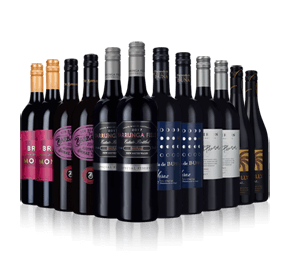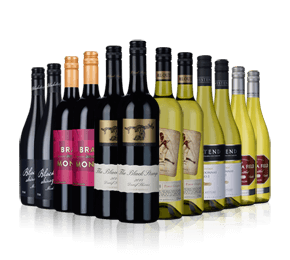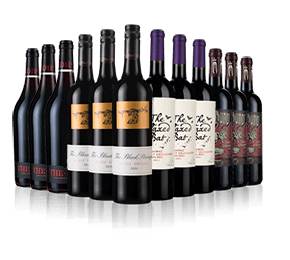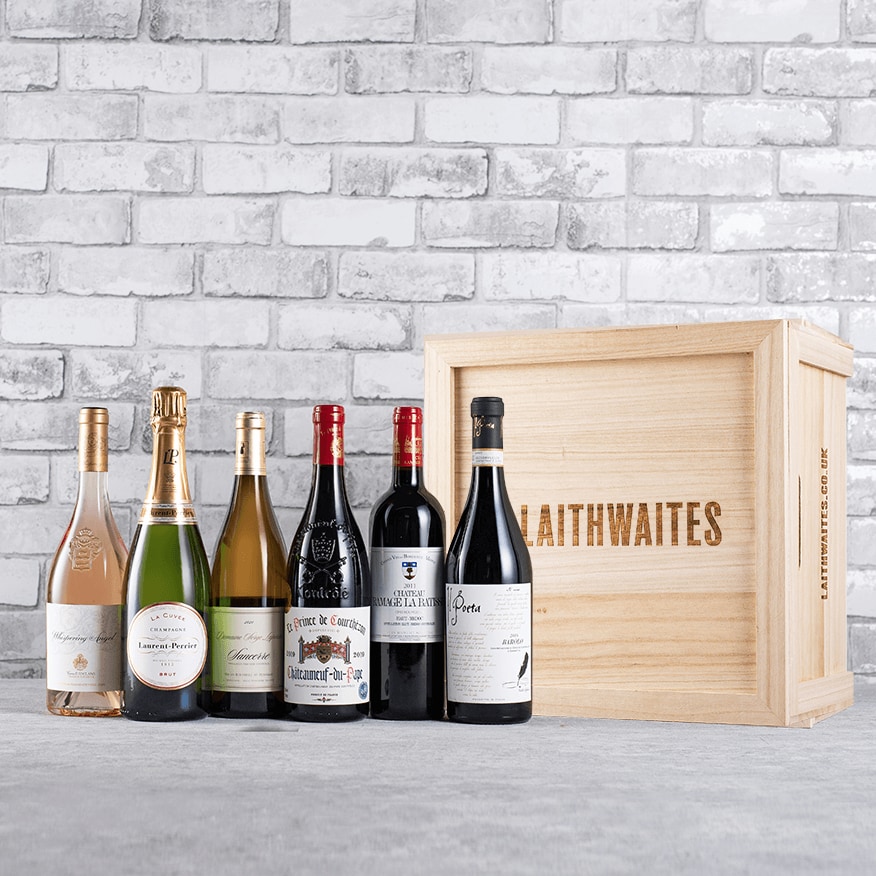Filter by
- Staff PickAdd a touch of elegance to your Christmas celebrations with these premium Italian reds – 33% off£107.94 per case£89.94/case
- On Offer£119.88 per caseSAVE £40.00
- Selling Fast£119.88 per caseSAVE £45.00£107.99/case
- Sponsored£1099.00 per case
- £112.99 per caseSAVE £36.95
- £112.35 per caseSAVE £85.50£97.35/case
- Portugal’s pride and joy grape, barrel-aged to smooth perfection in this luscious big red.£11.99 per bottleSAVE £2.50
- Opi Sadler is called ‘The Magician’ for a reason. Taste his 5-star fruit-filled Malbec to see why£13.99 per bottle£11.99/bottle
- Black as sin, seductive and velvety, Rex Mundi will tempt you with its gorgeous, ripe fruitfrom £10.99 per bottlewhen you mix 6+SAVE £24.00
- Deliciously fresh and appetising Pinot Grigio, great value too. One of our bestselling whitesfrom £8.99 per bottlewhen you mix 6+SAVE £12.00
- Once a crazy idea, now a 5-star favourite. a rich, velvety Portuguese red from a top winemakerfrom £11.99 per bottlewhen you mix 6+SAVE £12.00
- from £9.99 per bottlewhen you mix 6+SAVE £12.00
- The spicy, velvety fruit of southern Italy's prized Primitivo in this much-loved customer favouritefrom £10.99 per bottlewhen you mix 6+SAVE £24.00
- Our No.1 bestseller – a red charged with big, spicy Durif and Shiraz, and packed with velvet fruitfrom £10.99 per bottlewhen you mix 6+SAVE £24.00
- Our No.1 bestseller – a red charged with big, spicy Durif and Shiraz, and packed with velvet fruit a£12.99 per bottle£10.99/bottle
- Our most reordered red, a big southern French Grenache with velvety berry fruit and rich herby spice£12.99 per bottle£10.99/bottle
- £131.88 per caseSAVE £24.00
- £119.88 per case
- £85.99 £121.68 per caseSAVE £35.69
- £34.00 first instalment
- £119.99 per caseSAVE £45.49
- £69.99 per caseSAVE £2654.01
- £140.00 per caseSAVE £361.72
- £490.00 per caseSAVE £11.72




























